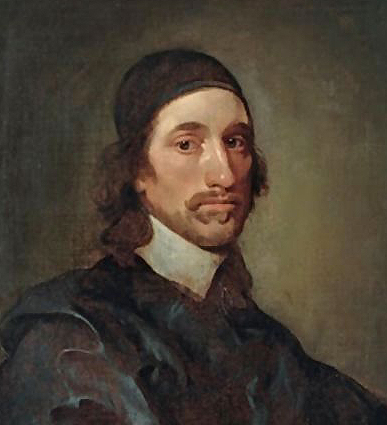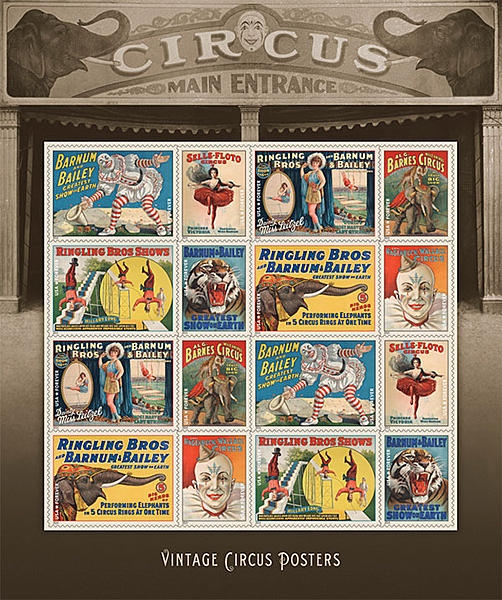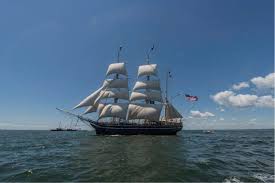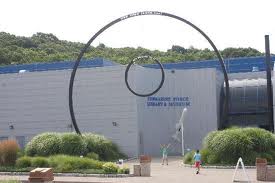
John Winthrop “The Younger”
Reminders of John Winthrop Jr. are sprinkled around modern-day New London, the city at the mouth of the Thames River which he established as an English settlement in 1646.
There’s the water-powered Old Town Mill, one of New England’s earliest, that is open by special appointment. The grounds are open throughout the year and in season special activities are scheduled there.
There’s the towering bronze likeness perched atop a suitably inscribed granite pedestal on Bulkeley Place just off Hempstead Street. There’s also a boulevard and a school named in his honor.
Winthrop, referred to as “The Younger,” to avoid confusion with his father, also named John, who was the first governor of the Massachusetts Bay Colony. The Younger would also serve as an early governor, but in Connecticut. He also would contribute to society mightily in other ways.
It could be argued that Winthrop’s work in England to obtain a royal charter freed the colony from the awkward position of not having direct permission from the Crown to exist was the bedrock act that allowed Connecticut to develop and eventually prosper as it did.
He was also a man of science, someone the historian Walter Woodward termed “a Christian alchemist,” in his insightful book Prospero’s America.
In addition to his governmental leadership, Winthrop was a serious chemist and a practical scientist, and an advocate of religious toleration. He was also a popular physician who treated an average of 12 patients daily by traveling around the colony. Woodward, the historian, writes that he may have treated up to half the population of colonial Connecticut as a doctor who made house calls.
The Connecticut city he founded has grown and changed significantly since the days of its founder, but John Winthrop, “The Younger” is still remembered there.






